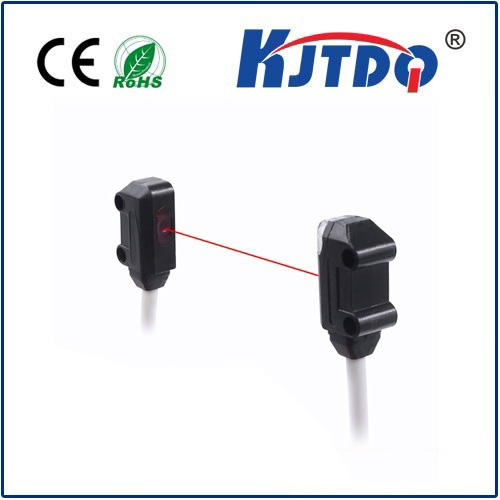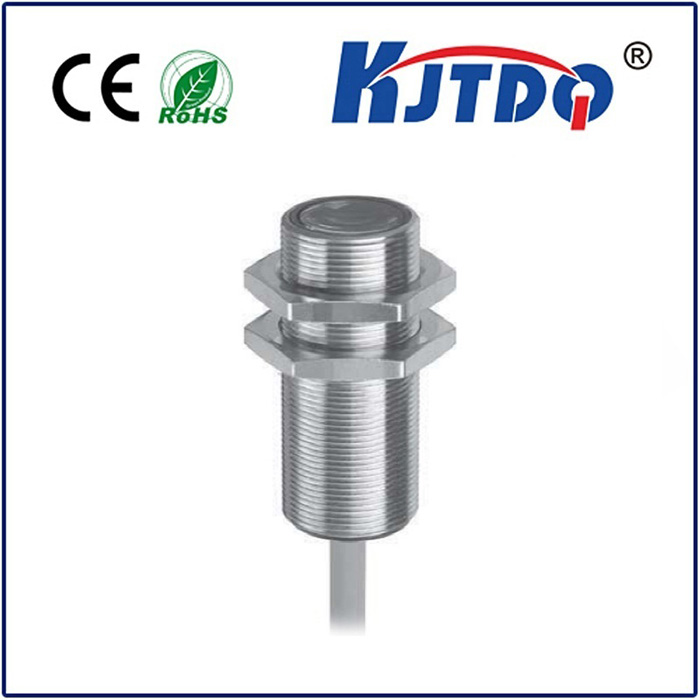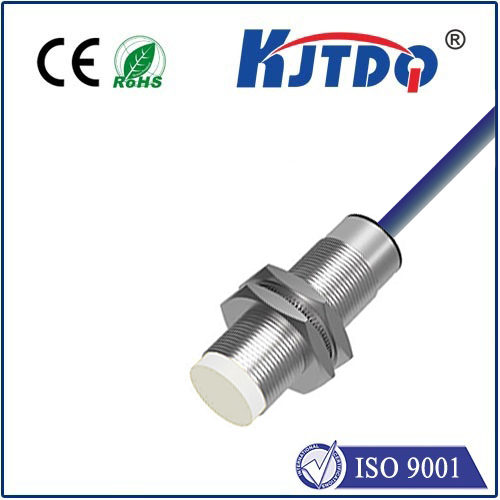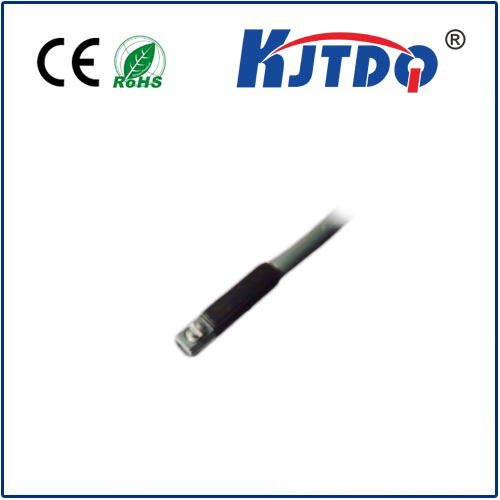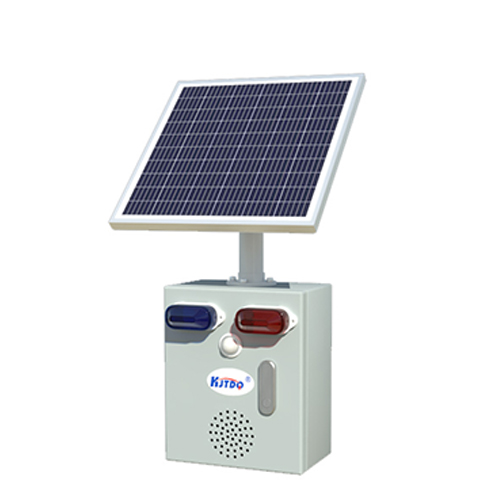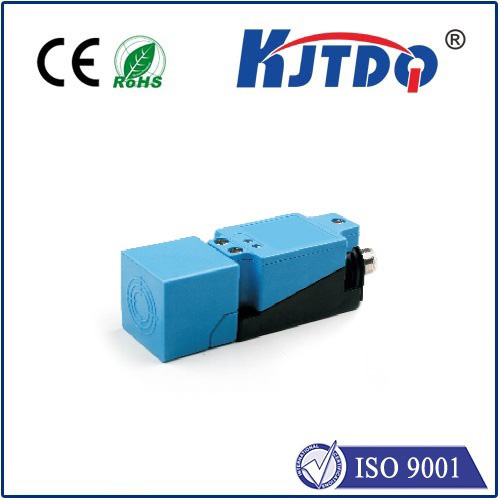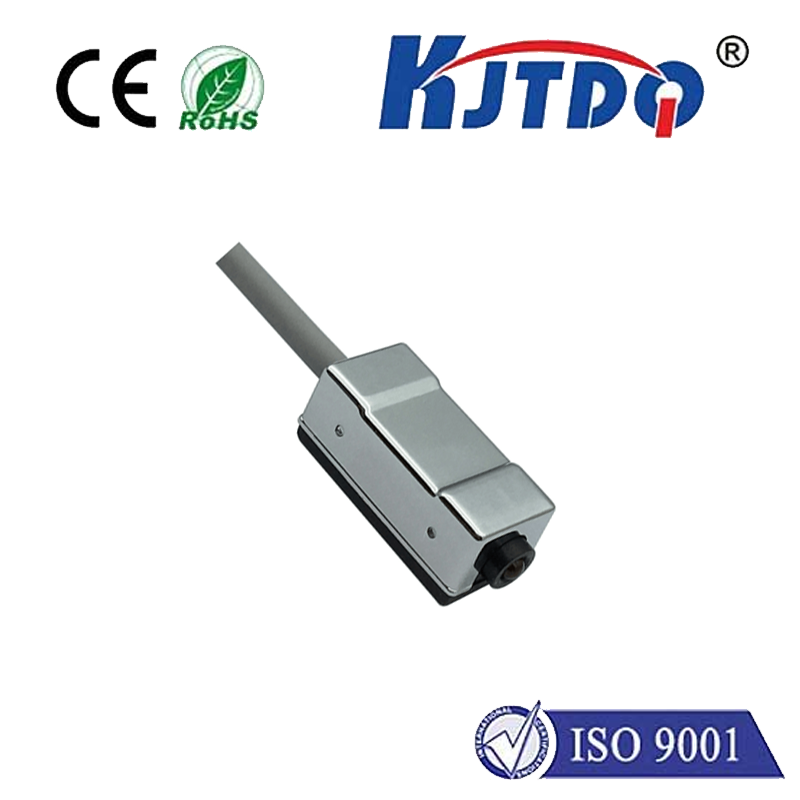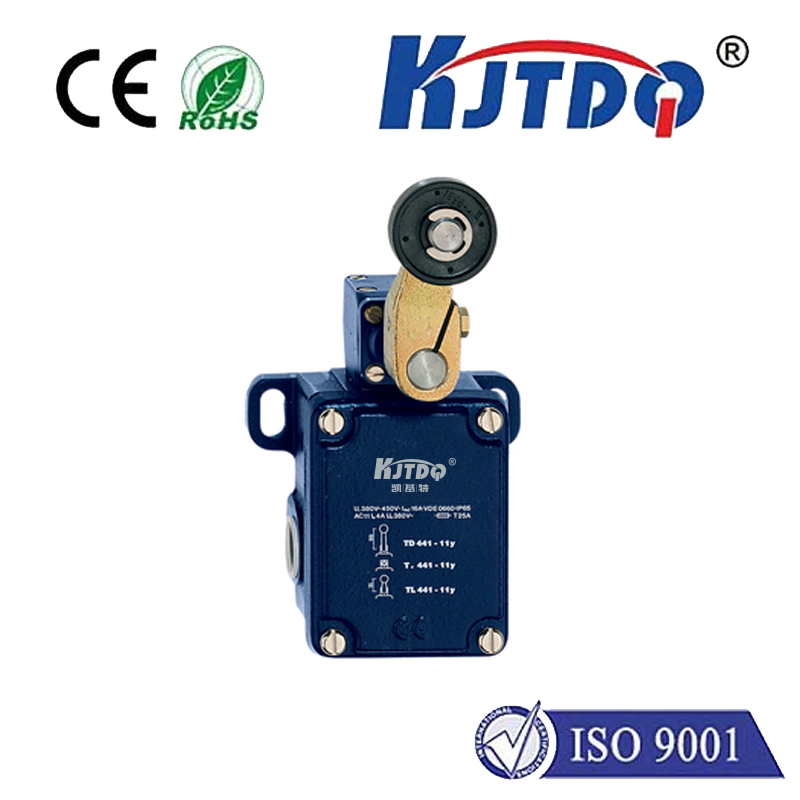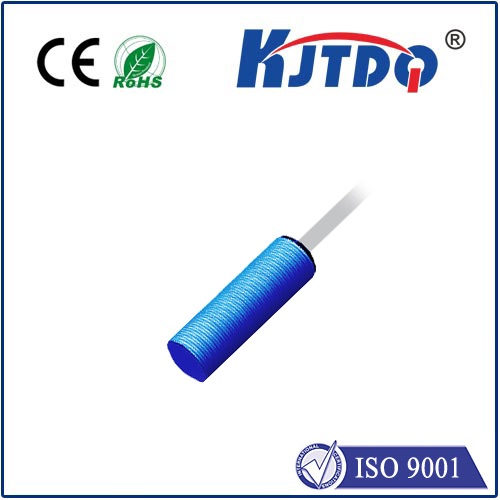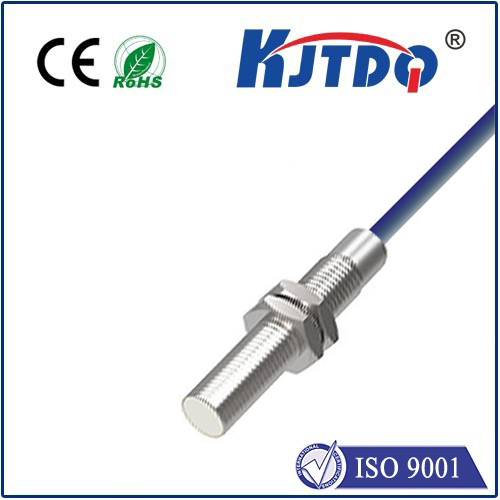E3FB-DP25-F2 background suppression photoelectric sensor
- time:2025-10-09 10:06:07
- Click:0
Background Suppression Unleashed: How the E3FB-DP25-F2 Achieves Pinpoint Detection Accuracy
Imagine guarding a critical conveyor belt where shiny objects zip past against a reflective background. Standard sensors falter, confused by glare and unwanted reflections. Mistaken detections or costly misses become a constant headache. This precision gap is where the E3FB-DP25-F2 background suppression photoelectric sensor steps in, not as a mere component, but as a master of distinction. Engineered specifically to ignore background interference, this sensor focuses laser-like on the target, delivering unparalleled reliability where conventional optics stumble. Understanding its core technology unlocks its potential to revolutionize demanding detection tasks. The key isn’t just seeing an object; it’s knowing exactly what matters and disregarding the rest.
Decoding “Background Suppression”: The Core Superpower
“Background suppression” (BGS) is the defining technology within sensors like the E3FB-DP25-F2 photoelectric sensor. Unlike diffuse sensors that blindly react to the strongest reflected light, or retro-reflective sensors requiring a reflector, BGS sensors possess intelligent spatial discrimination.
Think of the infrared beam emitted by the E3FB-DP25-F2 not as a single point, but as a cone. Light reflects back from anything within this cone – the target object and anything behind it. Standard diffuse sensors simply measure total received light intensity. If the background is bright or reflective, it can swamp the signal from a closer, darker object, causing unreliable operation.

Here’s where the magic happens: The E3FB-DP25-F2 background suppression photoelectric sensor uses a triangulation principle. It contains:
- A Precisely Positioned Emitter: Sends out a focused beam of infrared light.
- Two Strategically Placed Receivers: Positioned at slightly different distances from the emitter’s optical axis.
The sensor doesn’t just measure how much light returns; it analyzes where the returning light hits its receiver optics. Light reflected from a very close object hits one receiver spot, while light reflected from a more distant background object hits a different spot. The sensor’s internal circuitry constantly compares the signals from these two receivers. Output is triggered only when the signal from the “close object” receiver exceeds the signal from the “background” receiver. This intelligent comparison is what suppresses the background interference, allowing reliable detection of the target within its defined sensing range.
E3FB-DP25-F2: Precision Engineering for Demanding Environments
Beyond its core BGS technology, the E3FB-DP25-F2 photoelectric sensor incorporates features designed for industrial resilience and ease of use:
- Highly Focused Detection Field: Enables detection of small objects and precise positioning. Prevents unintended triggering by objects outside the defined sensing zone.
- Integrated Potentiometers: Allows intuitive, tool-free adjustment of the sensing distance and output sensitivity directly on the sensor body. This fine-tuning is crucial for optimizing performance against challenging backgrounds or varying object characteristics.
- Compact, Rugged Design: Its small form factor ensures easy integration into tight spaces. Coupled with a robust housing and IP67 protection rating, it withstands harsh industrial environments – dust, oil sprays, and water jets are no match.
- Stable Operation Against Diverse Backgrounds: Engineered to maintain reliable detection whether the background is dark, light, reflective (like metal or foil), or highly absorptive (like black conveyor belts). This versatility is a hallmark of effective background suppression.
- Long Sensing Range for BGS: Offers practical operating distances suitable for many automation tasks, providing flexibility in mounting options.
- Enhanced Noise Immunity: Built-in resistance to electrical interference common on factory floors ensures stable signal transmission.
Where the E3FB-DP25-F2 Excels: Solving Real-World Detection Challenges
The unique capabilities of the E3FB-DP25-F2 background suppression photoelectric sensor make it the ideal solution for applications where standard sensors consistently struggle:
- Detecting Objects on Reflective Backgrounds: Shiny parts on stainless steel conveyors, bottles moving past metallic machine surfaces, or foil packaging on bright belts. BGS reliably ignores the background glare.
- Ignoring Objects Beyond the Target: Ensuring detection only on the primary conveyor belt, ignoring pallets or structures passing behind it. Preventing false triggers from background movement is critical.
- Precise Edge Detection: Accurately locating the edge of a material roll, sheet metal, or web where the material ends and a roller or gap begins. The focused beam is key.
- Small Object Detection: Counting tiny components, verifying the presence of small parts like screws, chips, or labels against potentially contrasting backgrounds. The sensor’s precision shines here.
- Overlapping Object Detection: Determining if multiple layers (like stacked sheets) are present by detecting the top layer while suppressing signals from layers below. Crucial for quality control.
- Variable Backgrounds / Contrast: Situations where the background material or color changes unpredictably. The E3FB-DP25-F2 adapts through its adjustable settings.
- Packaging Applications: Verifying product presence inside semi-transparent blister packs or ensuring boxes close properly, ignoring the interior contents or conveyor beneath. Object detection integrity is paramount.
- End-of-Arm Tooling: Precisely confirming part pickup or drop-off by robotic arms where space is constrained and backgrounds vary.
Unlocking Performance: Best Practices for the E3FB-DP25-F2
To maximize the effectiveness of your E3FB-DP25-F2 photoelectric sensor, consider these critical steps:
- Meticulous Mounting: Ensure the sensor is rigidly mounted to prevent vibration-induced misalignment. Even slight shifts can dramatically affect performance.
- Target Angle: Aim the emitter/receiver axis perpendicular to the target surface whenever possible. Angled surfaces can reflect light away, reducing signal strength.
- Teach-In / Adjustment: Utilize the potentiometers! Perform the teach-in procedure or manually adjust both sensing distance and sensitivity after installation with the actual target and background present. Set the detection point just beyond the target position while the background remains ignored. Iterative fine-tuning is key.
- Background Distance: Ensure the background is positioned beyond the sensor’s maximum suppression range. Consult the datasheet for specific ranges. If the background is too close, suppression becomes ineffective.
- Object Characteristics: Be mindful of the target’s color, surface finish (matte/shiny), and material. Extremely dark or transparent objects may reflect insufficient light. Testing is essential.












